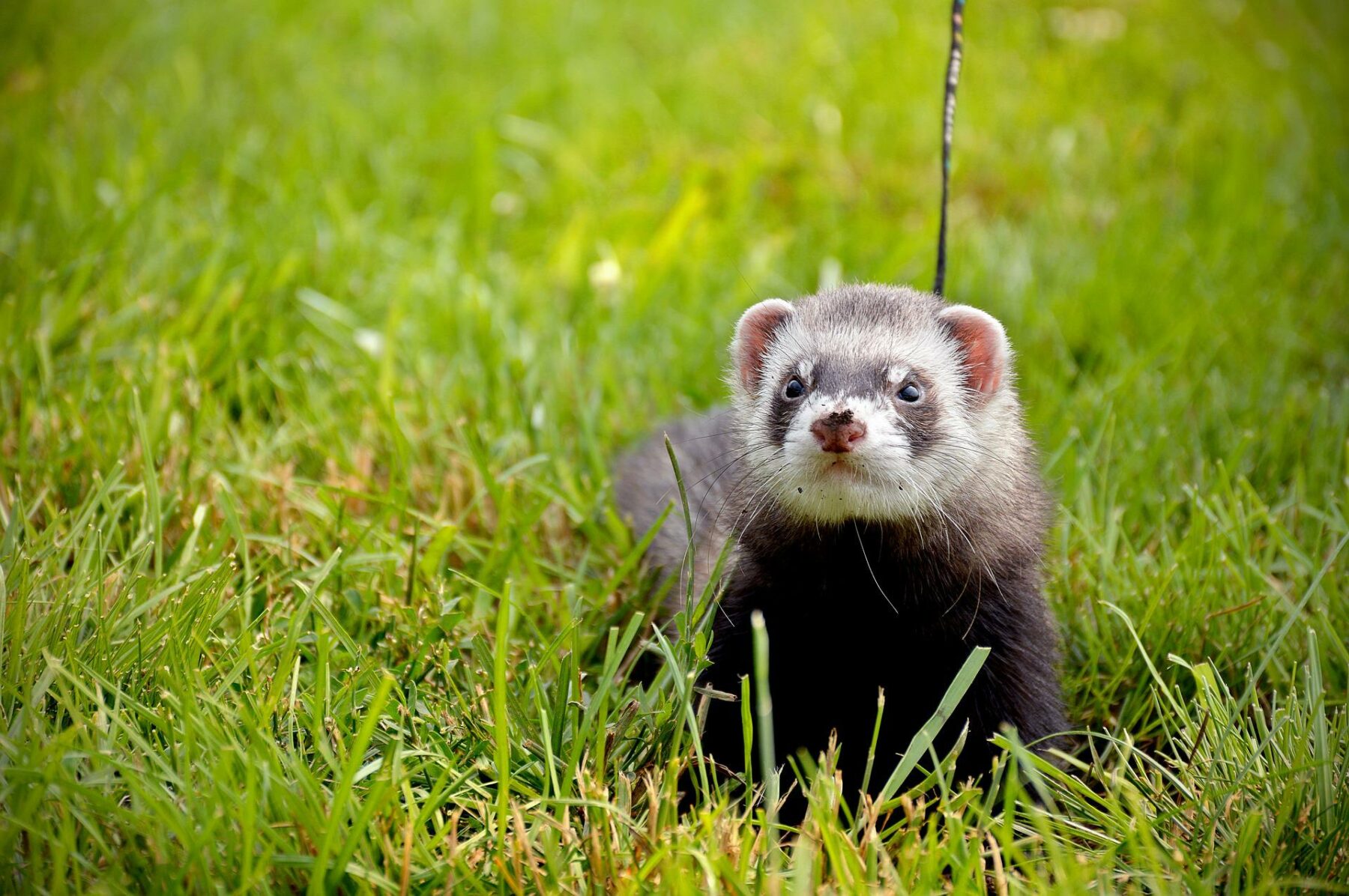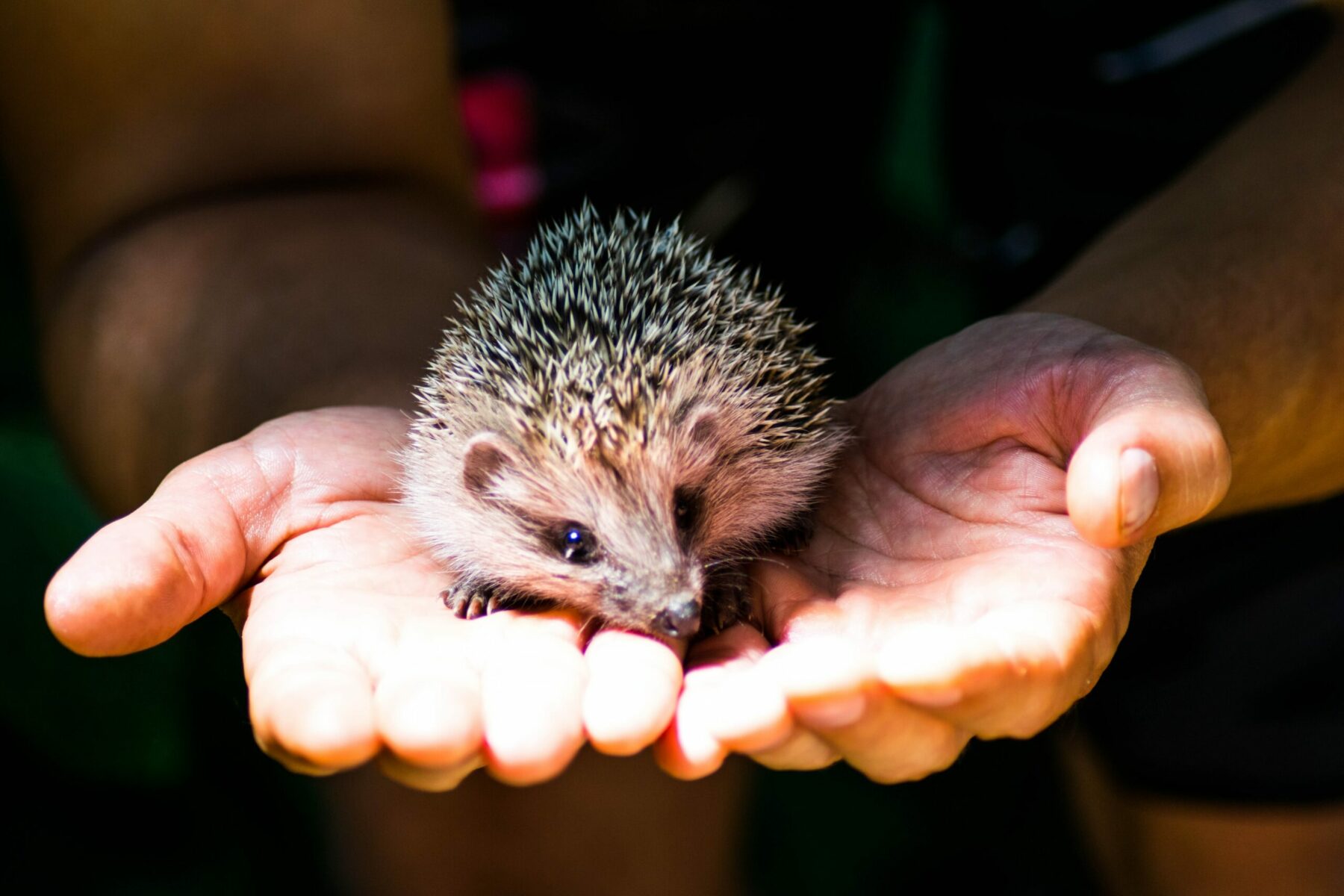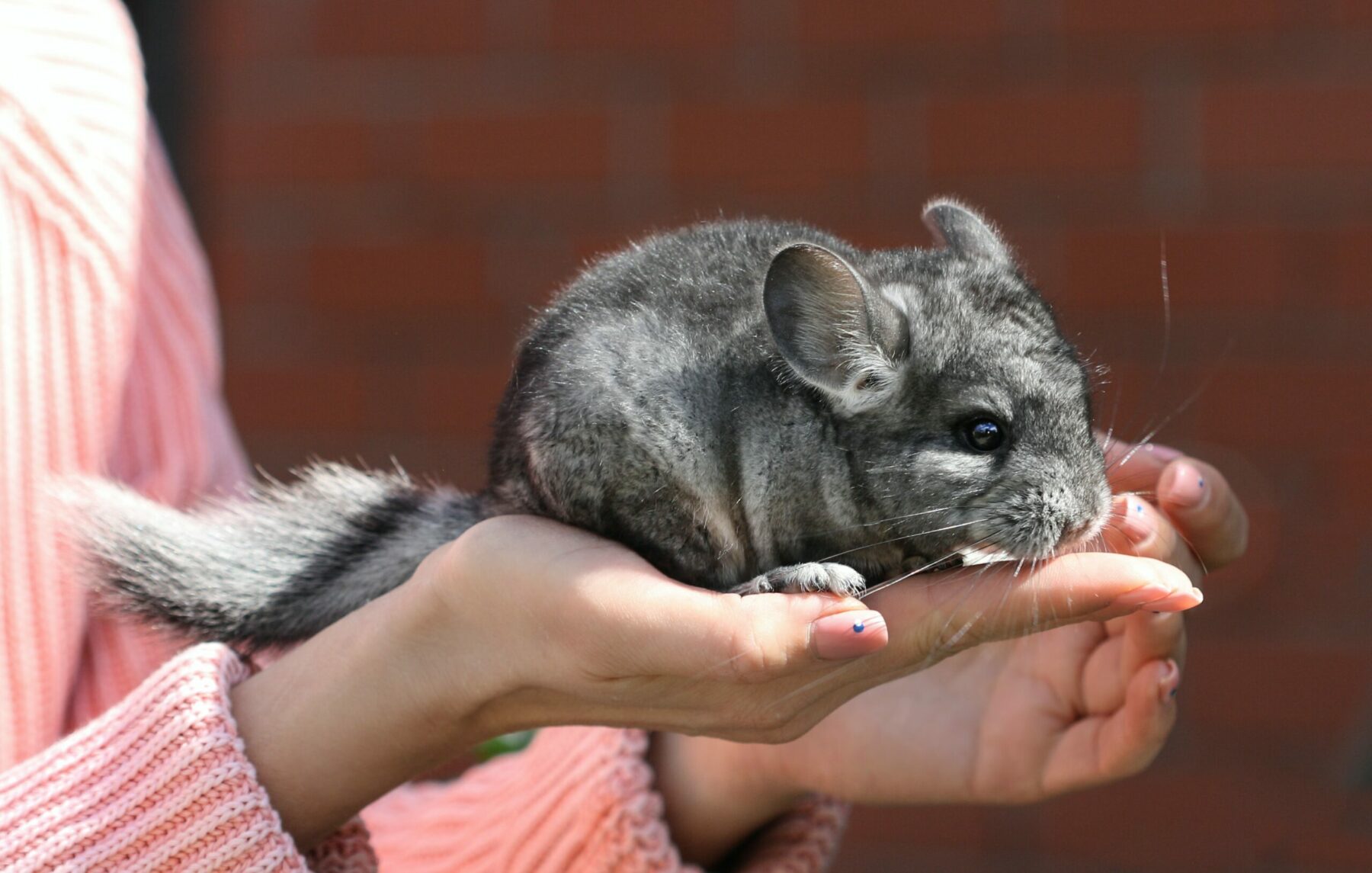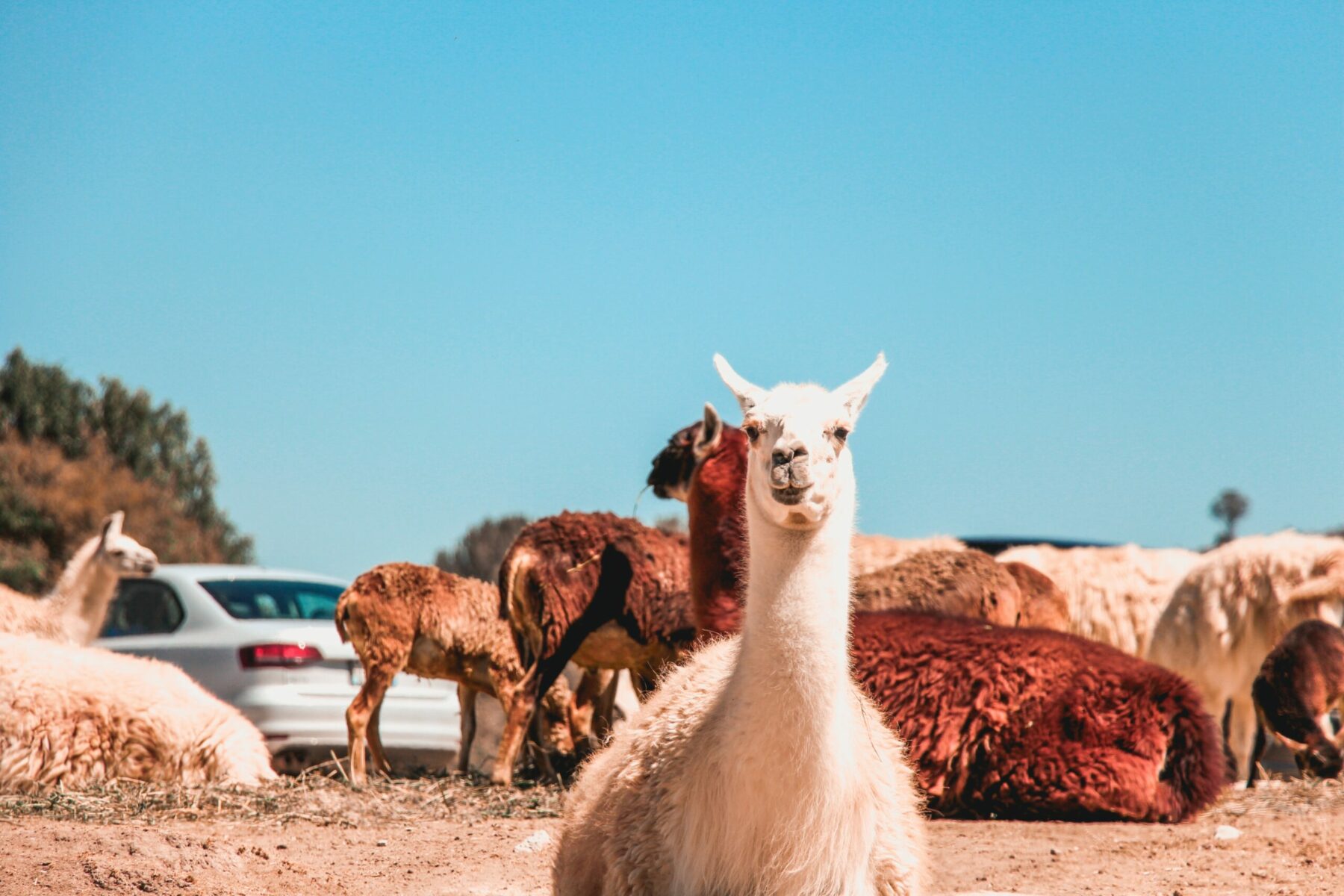Ways to Help Your Alternative Pet Exercise

Not only is the nutritional aspect important for all pets, but learning how your alternative pet needs exercise is just as important. Some of them do take a fair amount of work, but your pet will love you for every minute of play.
Ferret

Ferrets love to play and search, but there is a purpose to their running around. They need exercise, as ferrets are high-energy animals. They should have a large cage with multiple levels, but they also need time outside of a cage where they can run, dig and race around. You can purchase or make a ferret playpen, or you can ferret-proof your home and allow them to roam free.
Some of the best toys and activities for ferrets can be free. For instance, you can reuse an empty paper towel roll for your ferret to enjoy running through. While some websites approve of using a ferret exercise ball, most say to avoid them, as the balls tend to be too small and can be a health hazard. If one of their claws gets stuck in one of the air holes, your ferret could injure themselves trying to remove it. To satisfy your ferret’s need to dig, there are plenty of options, including using long-grain race or cornstarch packing peanuts for them to dig through.
Hedgehog

Hedgehogs may look like they don’t do much, but they need a decent amount of exercise to avoid obesity. In the wild, most hedgehogs get their exercise from digging for food or running through tunnels, so recreating those situations are the best way to keep your hedgehog fit.
Using an exercise wheel is one option, but be sure the size is correct. Buying a hamster-sized wheel will probably be too small, but so long as the wheel is also for chinchillas, it should be large enough. It’s also recommended to let your hedgehog out of its cage for about an hour a day, letting them explore your home. This helps stimulate your hedgehog so they aren’t bored.
Chinchilla

Much like a hedgehog, chinchillas need more exercise than you may think. Having a cage with multiple platforms and an exercise wheel is a good way for chinchillas to have a consistent opportunity to exercise, but feel free to also let your chinchilla have some free roam time in a safe room.
It’s also important to not use an exercise ball as chinchillas can overheat in them and get injured from the air holes. Chinchilla bones are very fragile, so if a paw or claw gets stuck in one of the holes, it’s incredibly easy for them to break limbs. You’ll also want to make sure the temperature is regulated in the room that chinchillas are exercising in because it’s so easy for them to overheat.
Alpaca

While an alpaca may not need exercise the same way a hedgehog or ferret does, you should still make sure your alpaca is appropriately cared for. Some of the danger signs of over-stress in active alpacas that you’ll want to monitor often occur in colder or hotter temperatures.
If your alpaca appears lethargic or refuses to stand, it could be suffering from hyperthermia (heat stress). Or, if your alpaca is unable to sit normally or has slow breathing, it could be suffering from hypothermia (cold stress). You’ll want to be aware of how your alpacas are doing outside and consider how you may need to adjust where they normally graze.
Alpacas need regular sheering to stay cool in the summer. And unlike other grazing animals, they don’t have hooves but instead two toes; therefore, they need to have their toenails trimmed as needed to avoid injuries when walking around.
–
Helping your pet exercise is really important, and being able to help them stay in shape can help your pet live a longer and healthier life. So let’s keep these unusual pets safe and healthy!






